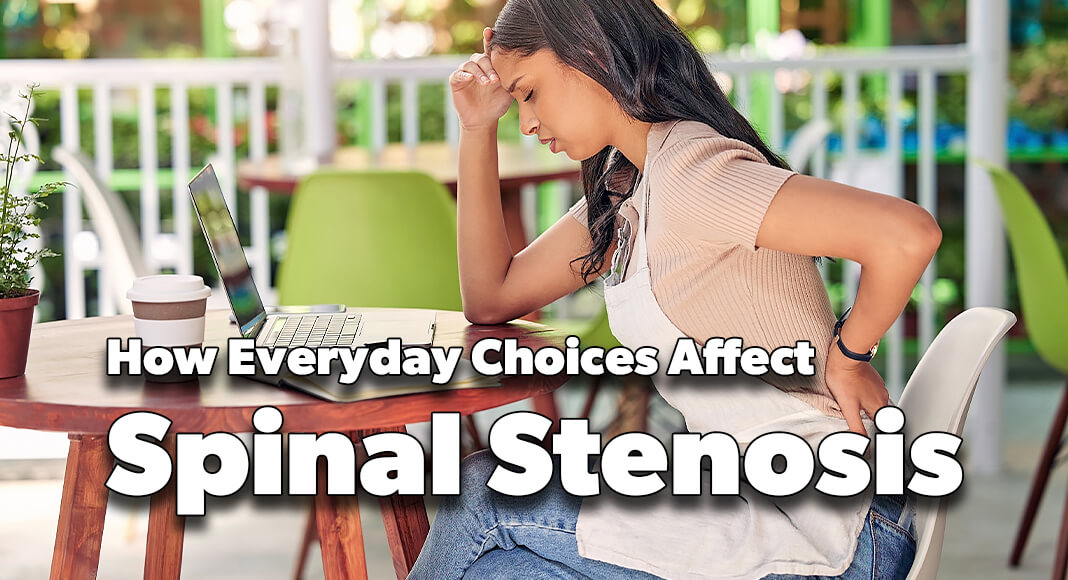
Mega Doctor News
SOUTH TEXAS HEALTH SYSTEM – Spinal stenosis occurs when the spinal column becomes narrowed, which puts pressure on surrounding nerve roots. It can be caused by a variety of factors, including congenital conditions, osteoarthritis and trauma.
Symptoms of Spinal Stenosis
Those experiencing spinal stenosis commonly experience the following:
- Back or neck pain
- Numbness, tingling, cramping or weakness in arms or legs
- Burning or aching that may worsen with standing or movement
Although spinal stenosis is not easily predictable or ‘curable,’ many lifestyle choices can play a significant role in managing it. Here are some key factors to consider:
Weight Management
Maintaining a healthy weight is crucial for reducing the stress on your spine. Extra weight, especially around the abdomen, can increase the strain on the lumbar spine, worsening pressure and painful symptoms. Incorporating a balanced diet and regular exercise can help sustain a healthy weight.
Physical Activity
As mentioned, regular physical activity is as important for spine health as it is for your overall body. Exercises that focus on strengthening the core muscles can improve everyday back support. Low-impact activities like walking, swimming and cycling are excellent choices since these activities improve flexibility and reduce the risk of further injury.
Posture and Ergonomics
Paying attention to your posture and the ergonomics of your workspace can make a bigger difference than you may think. Poor posture often exacerbates neck and back pain, so ensure that your workspace is set up to promote back support. This includes having a chair that cushions the lumbar spine and keeping your computer screen at eye level, rather than having to crane your neck upwards or downwards.
Utilizing Mobility Aids
For those experiencing significant pain or mobility issues, using mobility aids may be beneficial. Items like canes, walkers, and back braces can provide much-needed support and reduce back strain. A healthcare provider can help determine which aids might be appropriate for your situation.











